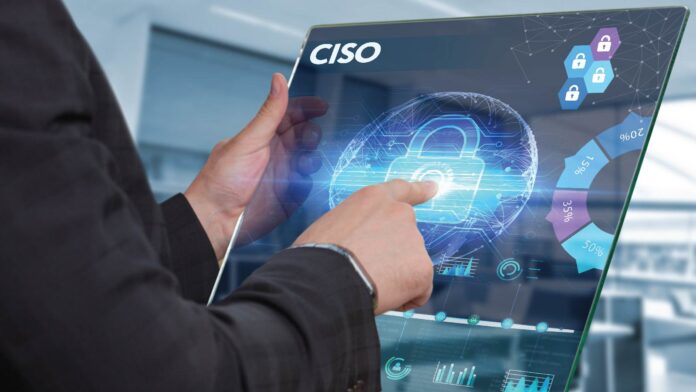CISOs and IT leaders will need to adapt to new operating models at a much
faster pace to ensure survival in the post-COVID-19 world.
The COVID-19 pandemic will pressure IT leaders and Chief Information Security Officers (CISOs) tweak and adapt to new operating models at a much faster pace to ensure survival. A sudden as well as significantly high adoption of remote working models and the exponential use of cloud services have enabled organizations to continue operations even in the lockdown. Cyber security teams have been feeling immense pressure and are facing several challenges due to this shift in the working model and its increasing demand.
Companies are setting up cyber security operations to watch out for anomalous behaviors.
Business assets and services are majorly exposed to opportunistic and targeted cyber-attacks by hackers who are seeking to exploit vulnerabilities. Entrepreneurs and businesses have a huge role to play in reducing exposure to cyber-attacks. It is important for IT leaders to strike a balance between security and privacy, cost and convenience. CISOs need to go beyond merely compliance monitoring, and push for better integrations in the business. Furthermore, it is also necessary to manage information risks more strategically and embrace a culture of shared cyber-risk ownership across the company.
Enterprises need to ensure that cyber security becomes a significant part of the business
operating model and culture. Also, having effective conversations between business leaders
and CISOs will help to manage challenges that will surface, following the crisis. It is important to see whether cyber security roles and responsibilities are clearly defined and communicated at every level of the organization up to the CEO and Board. IT leaders also need to ensure the technology solutions are designed and integrated by focusing on security and privacy. Moreover, they should check whether third-party risks managed effectively.
In the post-COVID-19 world, CISO roles will include fostering a culture of cyber resilience in their organization. It is also essential to strengthen collaboration that is spread across the ecosystem. IT leaders will also need to work towards balancing risk-informed decisions during the crisis and beyond. Lastly, updating the company's response and business continuity plans (BCP) as business move towards the “new normal” is necessary. It is not possible for CISOs to achieve faultless security in the current context. However, effective cyber-risk management can help enterprises achieve smarter and faster transformation, and stay ahead in these uncertain times. Ultimately, the main aim of companies is to be cyber resilient.
For more such updates follow us on Google News ITsecuritywire News. Please subscribe to our Newsletter for more updates.









